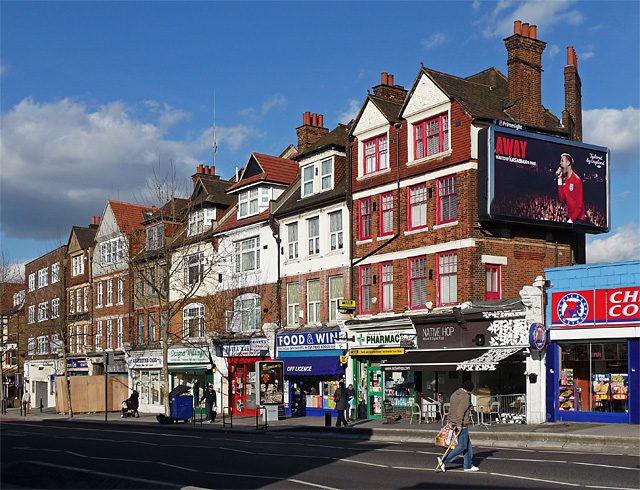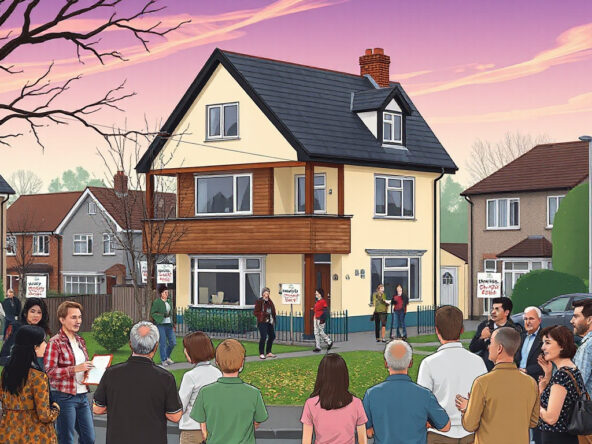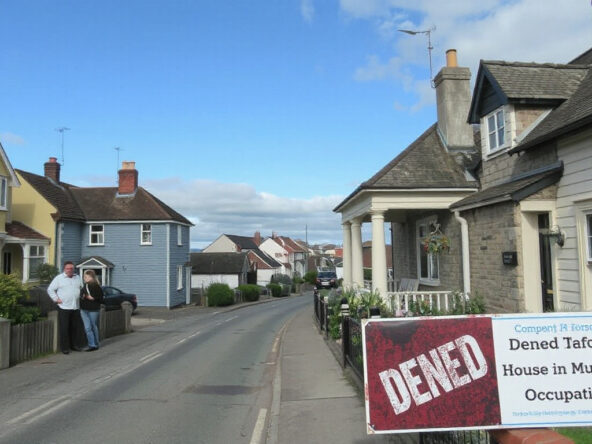Understanding Lambeth Council’s HMO Proposals
The housing sector in the UK has been under significant transformation, particularly with the rise of Houses in Multiple Occupation (HMOs). While this form of housing offers solutions to the urban housing crisis by maximizing residential space utilisation, it also raises substantial concerns among residents over its impact on neighbourhoods. Lambeth Council is actively engaged in addressing these issues through a new planning proposal specifically targeting the conversion of properties into small HMOs in the Streatham area.
Assessing the Impact on Streatham
In the bustling districts of Streatham Common & Vale and Streatham St Leonard’s, residents have voiced considerable apprehension concerning the proliferation of HMOs. The proposal by Lambeth Council focuses on these areas, aiming to impose new controls that require property owners to obtain planning permission for such conversions. This development is significant given that, under current national planning laws, transforming a dwellinghouse (Use Class C3) into a small HMO (Use Class C4) does not require planning permission, thanks to the existing permitted development rights.
An Article 4 Direction to Withdraw Permitted Development Rights
Lambeth Council’s strategic initiative involves the introduction of an Article 4 Direction to withdraw these rights, making the process more transparent and controlled. Specifically, it means that owners would now need to submit a full planning application for conversion, allowing the council to assess the potential impact on local amenities and the community at large. Importantly, the proposal comes with a non-immediate Article 4 Directive, which provides a 12-month grace period prior to enforcement. This stepwise implementation avoids financial liabilities and provides ample notice to property owners.
Community Involvement and Government Review
The proposal has not been formed in isolation. It involved a public consultation conducted between August 12, 2024, and October 7, 2024, inviting feedback from Streatham’s community members and stakeholders. Such public consultations are crucial as they ensure that the voices of the residents, who are directly affected by the changes, are considered in policy making. Moreover, before any regulation is formally enacted, it undergoes a detailed review process by the government, ensuring adherence to statutory procedures and aligning with overarching urban planning goals.
Tackling Resident Concerns with Planning Controls
This move is a direct response to the expressed concerns about the negative consequences of unchecked HMO proliferation, such as antisocial behaviour, disruption to community harmony, and the dilution of family-oriented neighbourhoods. By adopting this approach, Councillor Danny Adilypour and the Council aim to protect the characteristics of these Streatham communities, secure affordable family homes, and maintain the desired residential quality of life.
Conclusion
Once the Article 4 Direction takes effect in August 2025, Lambeth Council will be better positioned to judiciously evaluate each planning application for housing conversions. Their rigorous assessment will consider local amenity impacts and seek to assure the quality of proposed accommodations aligns with community standards (Harvard referencing style, 2023). Ultimately, this initiative reflects a broader commitment to sustainable urban planning and highlights the importance of involving local communities in housing reforms.
Key Takeaways
- Permitted development rights currently allow conversion of residential properties into small HMOs without planning permission in Streatham.
- Lambeth Council proposes an Article 4 Direction to enforce planning permissions, responding to local residents’ concerns.
- The proposal includes a 12-month notice prior to enactment, providing a planned transition to the new regulations.
- A public consultation and government review are integral parts of the proposal process.
- Further assessments post-implementation will ensure new HMOs meet community and residential standards.
Sources




